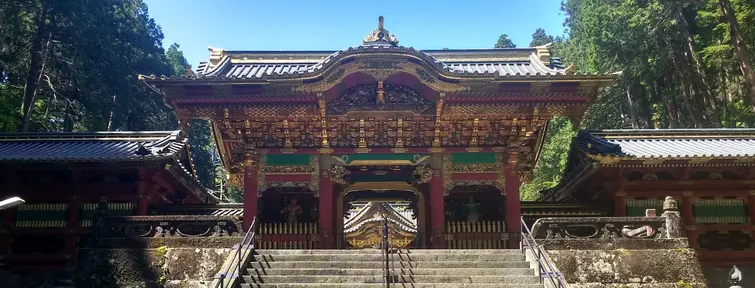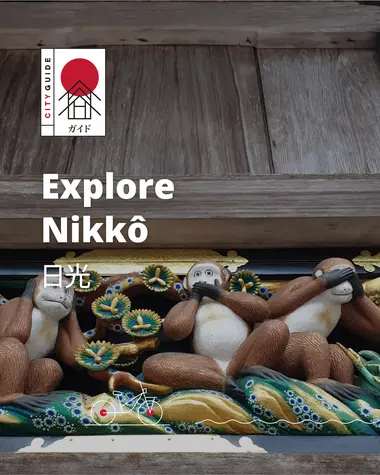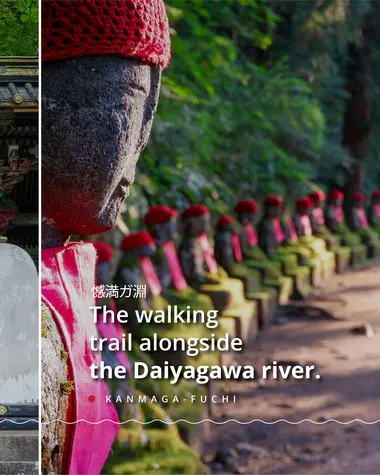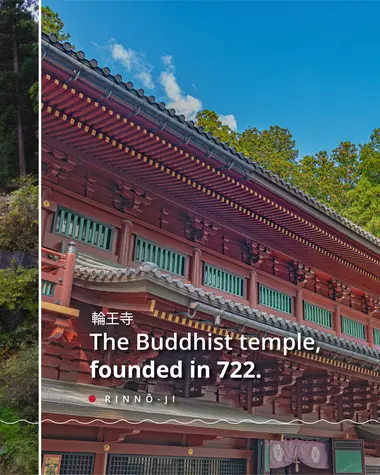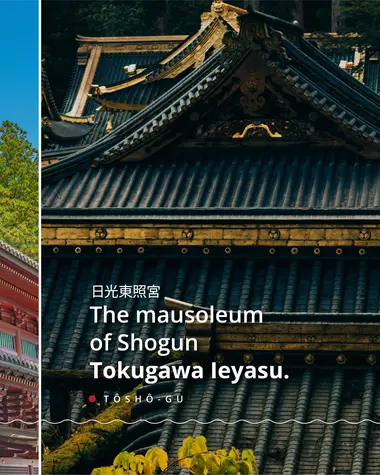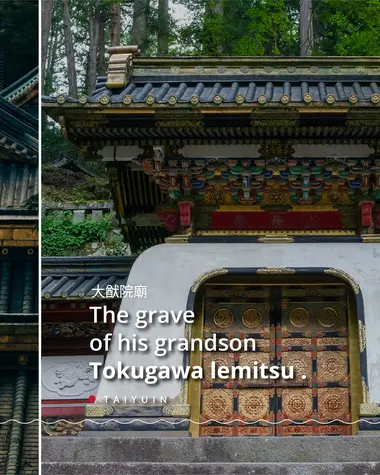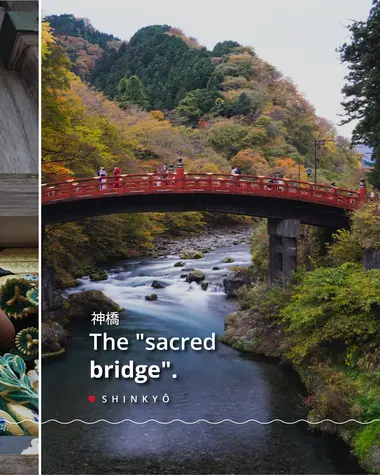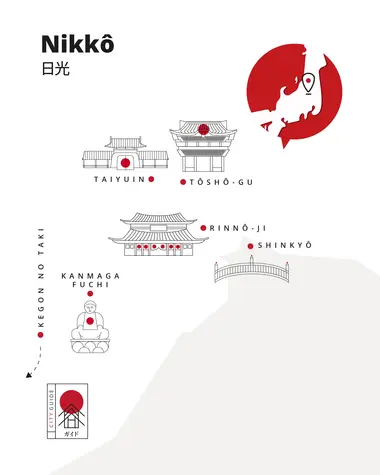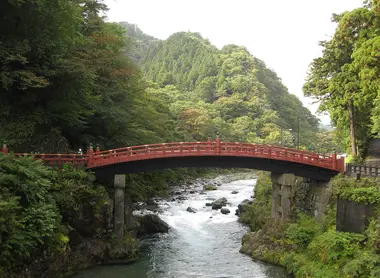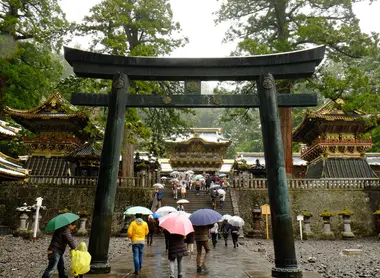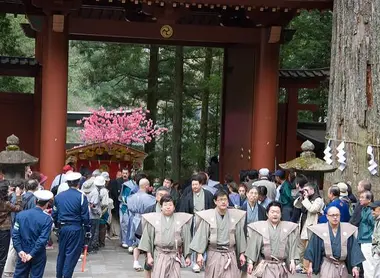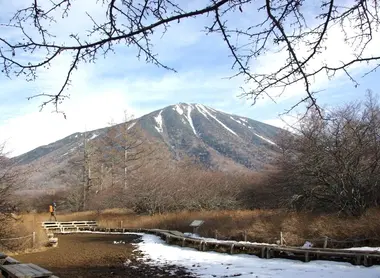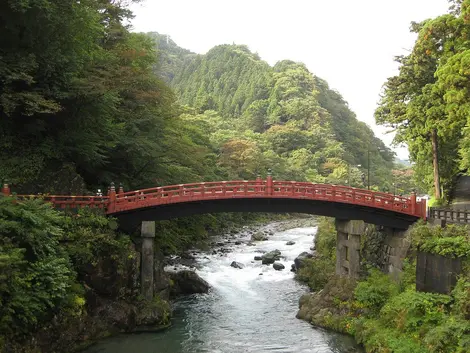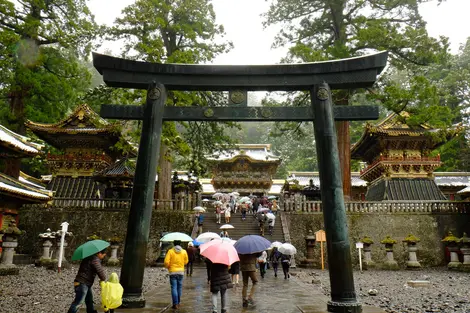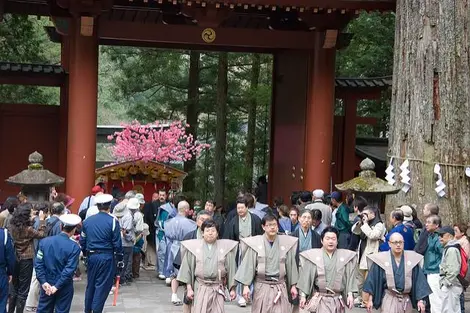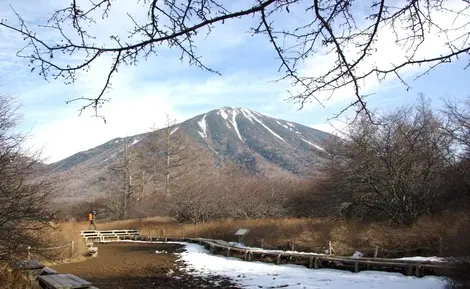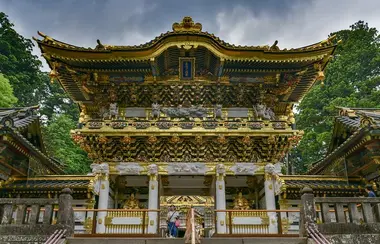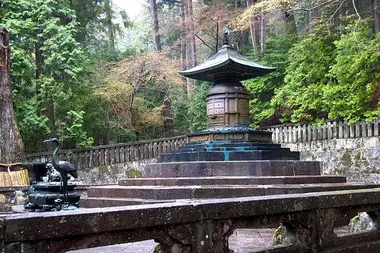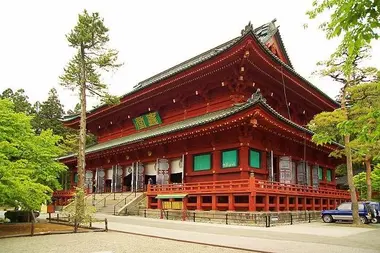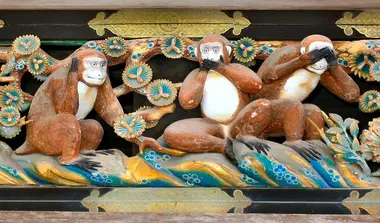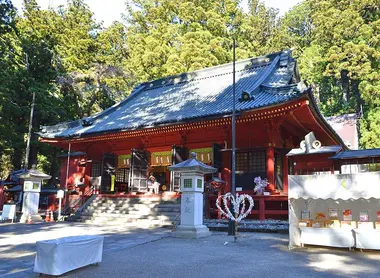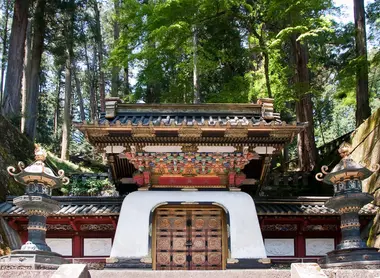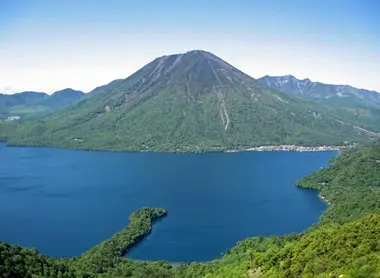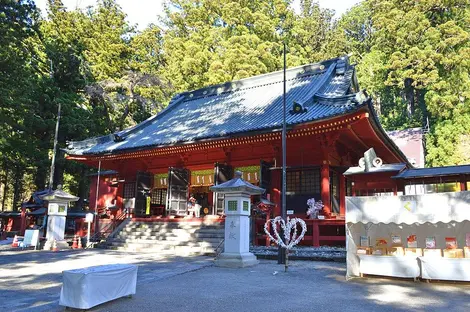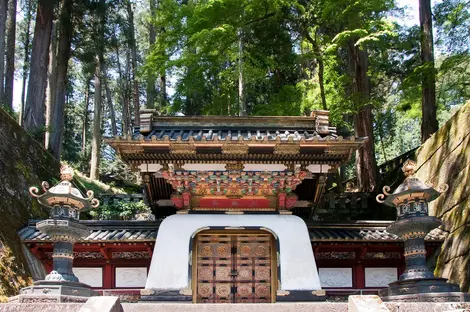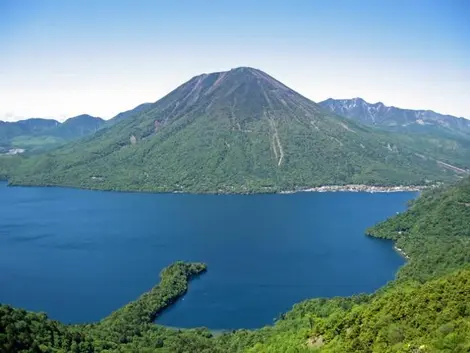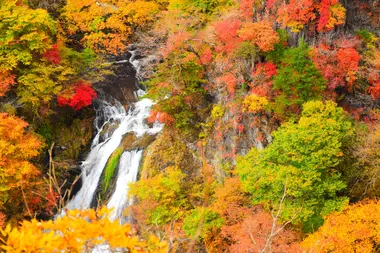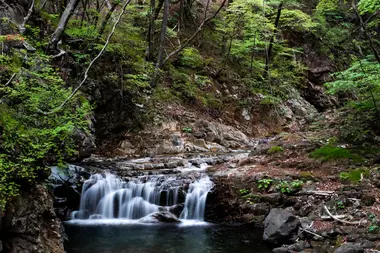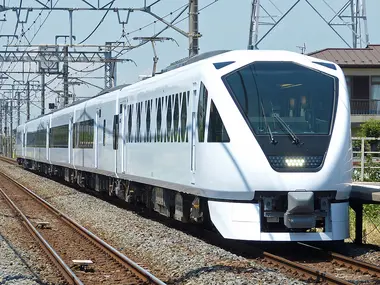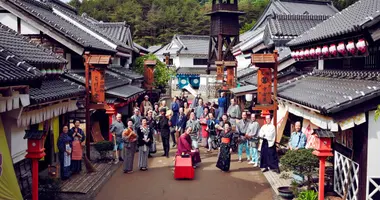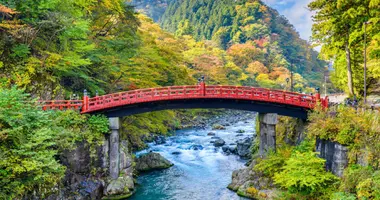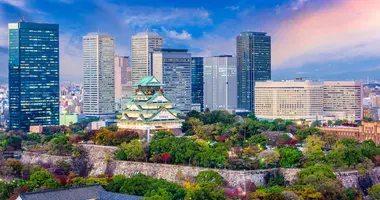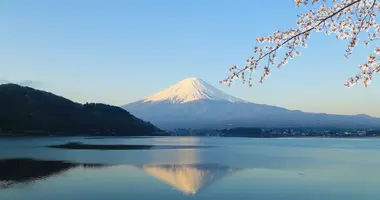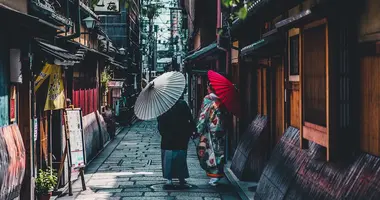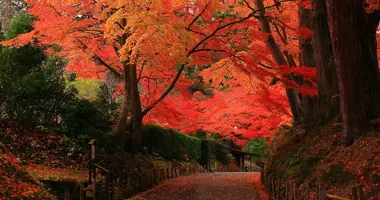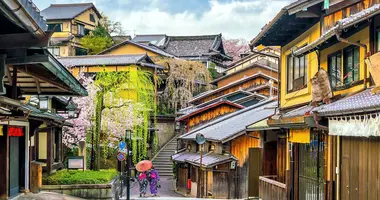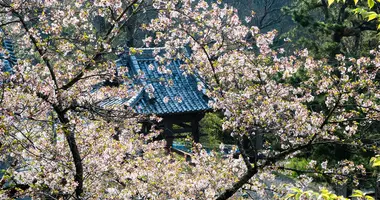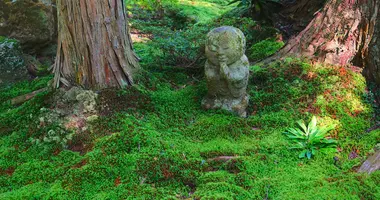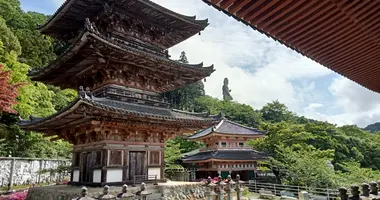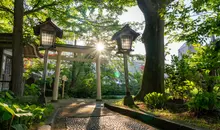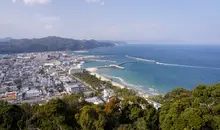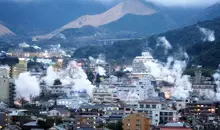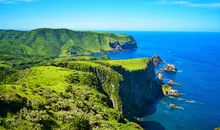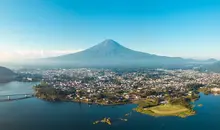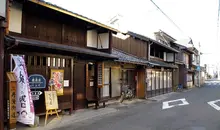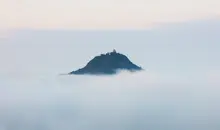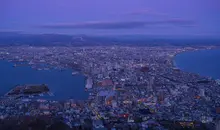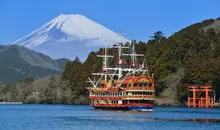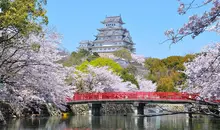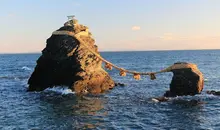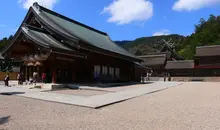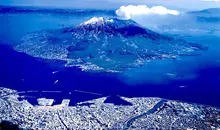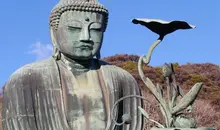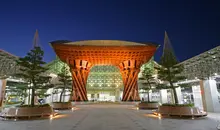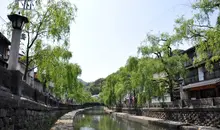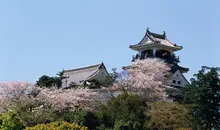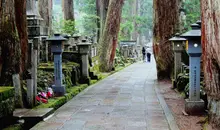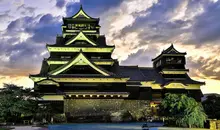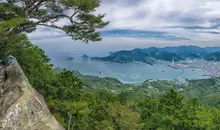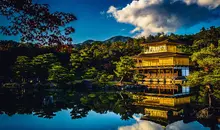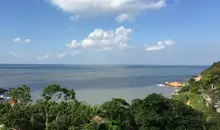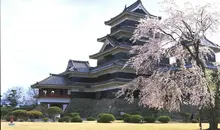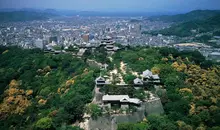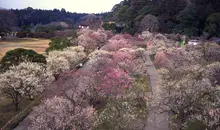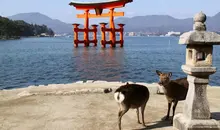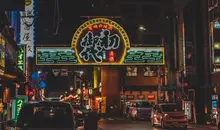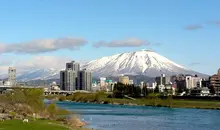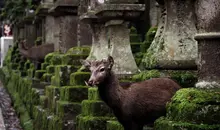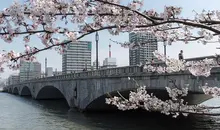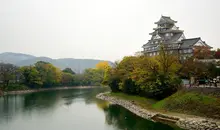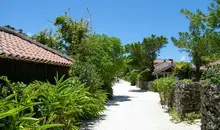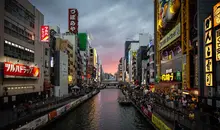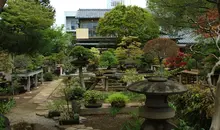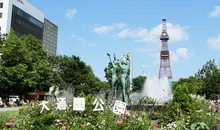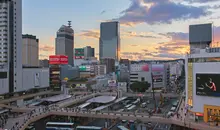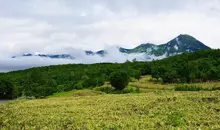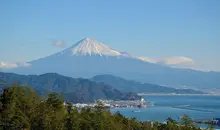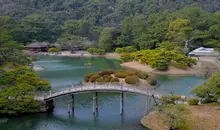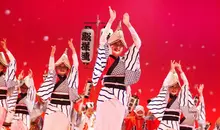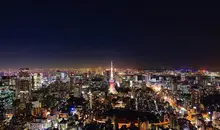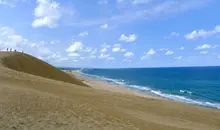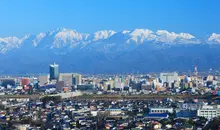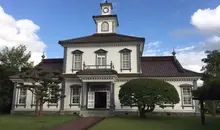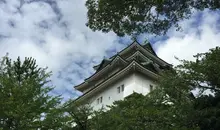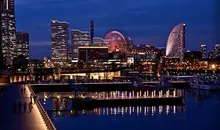Nikko 日光
- Published on : 03/10/2023
- by : La rédaction / JR
- Youtube
Local Time 14:01
Symbol : sunny_cloudy
Temp : -1.6°C
Date : Tuesday
Symbol : sunny_cloudy
Temp : 5.6°C
Date : Today
Symbol : sunny_cloudy
Temp : 5.3°C
Date : Tomorrow
Symbol : sunny
Temp : 3.5°C
Date : Friday
Local Time 14:01
Symbol : sunny_cloudy
Temp : -1.6°C
Date : Tuesday
Symbol : sunny_cloudy
Temp : 5.6°C
Date : Today
Symbol : sunny_cloudy
Temp : 5.3°C
Date : Tomorrow
Symbol : sunny
Temp : 3.5°C
Date : Friday
Nikko Travel Guide and tour of its religious complex
Unmissable and unforgettable, the city of Nikko combines Unesco World Heritage gems, Buddhist temples, mausoleums and Shinto shrines with the sublime natural sites and landscapes characteristic of Tochigi prefecture. Take a day trip to Nikko National Park and its immense forests, to soak up Japanese spirituality, just a stone's throw from Tokyo.
Nikko, the city of sunlight
Nikkô is located 140 km north of Tokyo, in Tochigi prefecture. Its name means "Sunlight". This ancient city was built at the foot of the mountains, and lies at the heart of Nikko National Park, home to vast cedar forests. The area surrounding the city is a popular day-trip for Japanese and international travelers alike, as it hides many major sights, including Buddhist temples and Shinto shrines, which have been Unesco World Heritage Sites since 1999.
Nestled in a green setting, these religious complexes are a must-have on any visit to Japan. Nikko, and Tochigi Prefecture in general, boasts some of the most beautiful scenery in Japan. As the Japanese saying goes: "Do not say "magnificent" before having seen Nikko" ( Nikkō o mizushite kekkō toiū nakare).
History and foundation of Nikko
For Nikko, it all began in 766 when the monk Shôdô Shônin founded the Honryû temple (now Rinnô-ji) at the foot of Mount Nantai. He then had other temples built there. Furthermore, Mounts Nantai, Tarō, and Nyohō, and the surroundings of Lake Chūzenji take on a sacred character for followers of Shinto religion.
The site has become one of the country's high sacred places, both for Japanese Buddhism and for Shinto.
- Read also: Shintoism
The site then acquired additional importance in 1636, when Japan, pacified and prosperous, entered the golden age of the Edo period (1603-1868). The reigning family, the Tokugawa, built the mausoleum of Ieyasu, the great unifier of the Archipelago. The latter had indeed expressed as a last wish, in 1616, that a mausoleum in Nikko be built for his burial site. The became a symbol of Japanese syncretism, where Buddhist temples and Shinto shrines come together, and where divinity is in the air.
Very popular with tourists, Nikkô is visited by many in the spring during its festival (May 17 and 18): more than a thousand participants dressed as Edo samurais replay the funeral ceremony of Ieyasu Tokugawa; and there are yabusame, knightly archery, and ceremonial events permeated with Shinto rites.
Nikkô: temples and shrines
Once you reach the entrance to the historic sites (about 2 km from both Nikko stations), the exploration begins. You start by a bridge, marking the separation between the profane world and sacred universe. The Shinkyô ("sacred bridge"), lacquered in red, was originally reserved for the emperor and the shogun ... and today, by hundreds of thousands of visitors.
We then take the path leading to the left to enter what was the Buddhist heart of the first Nikkô and visit the Rinnô-ji temple, founded by the monk Shôdô Shônin and known for its "hall of the three Buddhas", but also for its splendid Shōyō-en garden. The curious minds can also examine the objects of worship (mandalas, bells) preserved in the Treasury Museum (opposite the temple).
Behind the temple, the Tôshô-gu marks the second period of Nikkô: it is the burial place of Tokugawa Ieyasu. This shrine, richly decorated with Chinese influences, required the participation of 15,000 men during its construction between 1634 and 1636. With its gilding and vibrant colors, it is considered one of the finest examples of Momoyama architecture.
Restrained and unadulterated, the foothold of the sacred stable is even more famous. You can see the three little monkeys carved in wood, known as the Mizaru ("the blind"), Kikazaru ("the deaf"), and Iwazaru ("the dumb"), which covers their eyes, ears, and mouth respectively, symbolizing the precepts of the Tendai Buddhist sect, inspired by Confucius: "do not look at evil, do not say it, do not listen to it".
- Read also: Koya-san, the sacred mountain of Kansai
More to see in Nikko
The Ieyasu Tokugawa mausoleum is not alone on the site. At the western end of the complex lies his grandson Iemitsu (the 3rd shogun ), in Taiyu-in, which is accessed by passing through the shrine of Futarasan-jinja (782).
It takes a full day to fully enjoy the spiritual beauties of Nikkô and it may be a good idea to spend the night and be surrounded by the charm of its natural heritage.
Along the Daiyagawa River, the Kanmanga Fuchi promenade, between the undergrowth and the strange volcanic formations of Mount Nantai, is magnificent. Upon arrival, dozens of statues of Jizô (protector of children) covered with moss seem to defy time and proclaim the union of minerals and plants.
After the excursion, you can return to Nikkô station and take a bus to access the lake Chûzenji (30 km). There, you can survey the lake by boat (1 hour) or go further, to view the spectacular Kegon no Taki (waterfall) and or relax in the Yumoto Onsen hot springs.
In the Heart of Tochigi, a Transformative Experience
More than a historic getaway to discover the magnificent Toshogu Shrine or Rinno-ji Temple, a trip to Tochigi Prefecture is a unique opportunity to discover transformative travel. Japan, with its deeply spiritual and tradition-rooted society, is the ideal place to rediscover who you are and reconnect with yourself, and give yourself new meaning. Through encounters, immersion, tranquility in the heart of nature and spontaneous exploration, transformative travel aims to make people travel with a purpose, a meaning: to return changed, with a new perspective on the world and your environment. Tochigi Prefecture will accompany you on this transformative travel experience, with recommended itineraries designed to help you find sense in your journey.
Discover Another Tochigi, Discover Another You
In the heart of Tochigi, we recommend an experience of wellness, contact with nature, and self-exploration that releases the stresses of daily life and balances the body and mind.
To fully appreciate the magical atmosphere of Tochigi's wilderness, I would recommend a 3-day/2-night trip. Switch to your own personal travel mode, trust your inner mental compass, and be as adventurous as possible.
Use your five senses to connect with each place, feel the gentle chirping of wild birds and the refreshing flow of clear river water cascading down from the sacred mountain Otokotai, meet the local people of Nikko, and encounter many insights. This is a trip just for you!
For more information, we recommend this 3-day itinerary: explore it here!
How do I get to Nikko?
Nikko has two stations, located very close to each other: JR Nikko station and Tobu-Nikko station.
To get to JR Nikko station from Tokyo, take the Shinkansen from Tokyo station or Ueno station. You will have to transfer to a local line in Utsunomiya (allow approximately 2 hrs to 2.5 hrs). Save on your trip to Japan by booking a Japan Rail Pass!
Tobu-Nikko station is accessible through the direct limited-express Spacia X train line from Asakusa (1.5 hrs journey).
Head for Tochigi with the Spacia X train
To get to Nikko and Tochigi prefecture, you can also take one of Japan's newest train lines, aboard the brand-new Spacia X train! Departing from Tokyo's Asakusa station and heading for Tobu-Nikko and Kinugawa-onsen stations, this new Tobu Railway line features a luxurious and spacious limited express train, running from Tokyo to Nikko in 1h50. A dream getaway, with comfortable seats, premium sofas and lounges, and a chic café on board. The Goen Café Spacia X serves food and beverages from Nikko, and will only be accessible to passengers in the premium car where the café is located, or to holders of a pre-booked café ticket. In this premium car, the Cockpit Lounge, the interior is inspired by the sublime Nikko Kanaya Hotel, and offers views of the surrounding landscape through its huge windows. Inside and out, Spacia X salutes Japanese heritage, with reminders of the craftsmanship and decoration of the Edo period.
Our activities in Nikko
Our tours in Nikko
Interested by Nikko
Discover other cities to explore
